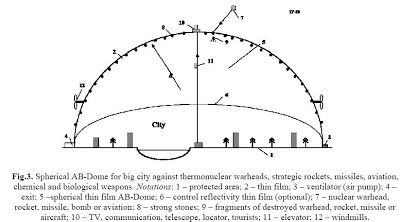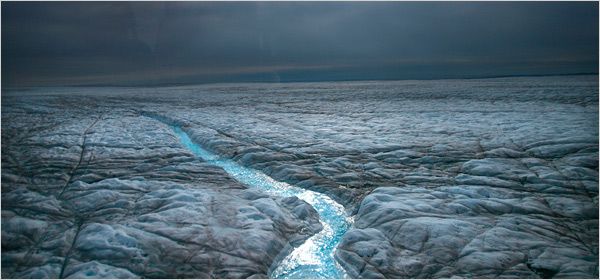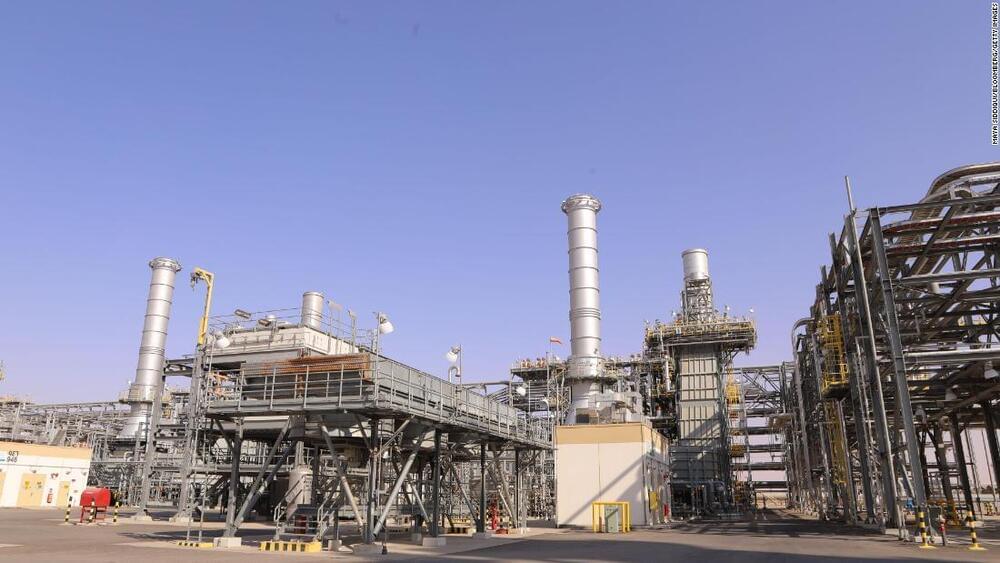Dear Lifeboat Readers,
I am a member of the Neuroscience Scientific Advisory Board at the Lifeboat Foundation and have recently posted to the BioPreserver Program page (please read the page replicated below).
I would like to initiate a conversation about expending more effort on preserving other species and their habitats. We are all understandably concerned about humanity’s survival and the Lifeboat Foundation is a testament to the numerous technologically advanced ways we can ensure our species’ survival in the future. However, I would like to hear from others who may be concerned that in our focus on our own survival we may not be doing enough for the myriad of other species with whom we share the planet. I would argue that there is less attention paid to the survival of our species’ moral integrity than there ought to be. Would it speak well of our species if we survived while everyone else (other species) disappeared? To put it bluntly, in the future, after having escaped numerous threats to survival, will we be able to look in the mirror as a species and like what we see?
For instance, with the current rate of losses, our closest living relatives, the chimpanzees, will be extinct in the wild in 50 years. The causes are indisputably anthropogenic. If we let this happen, what will it do to the morale and the psychological fiber of our species? The question of survival is not only a question of physical and psychological survival, but also survival of our integrity.
Continue reading “Preserving other species with whom we share the planet” »










